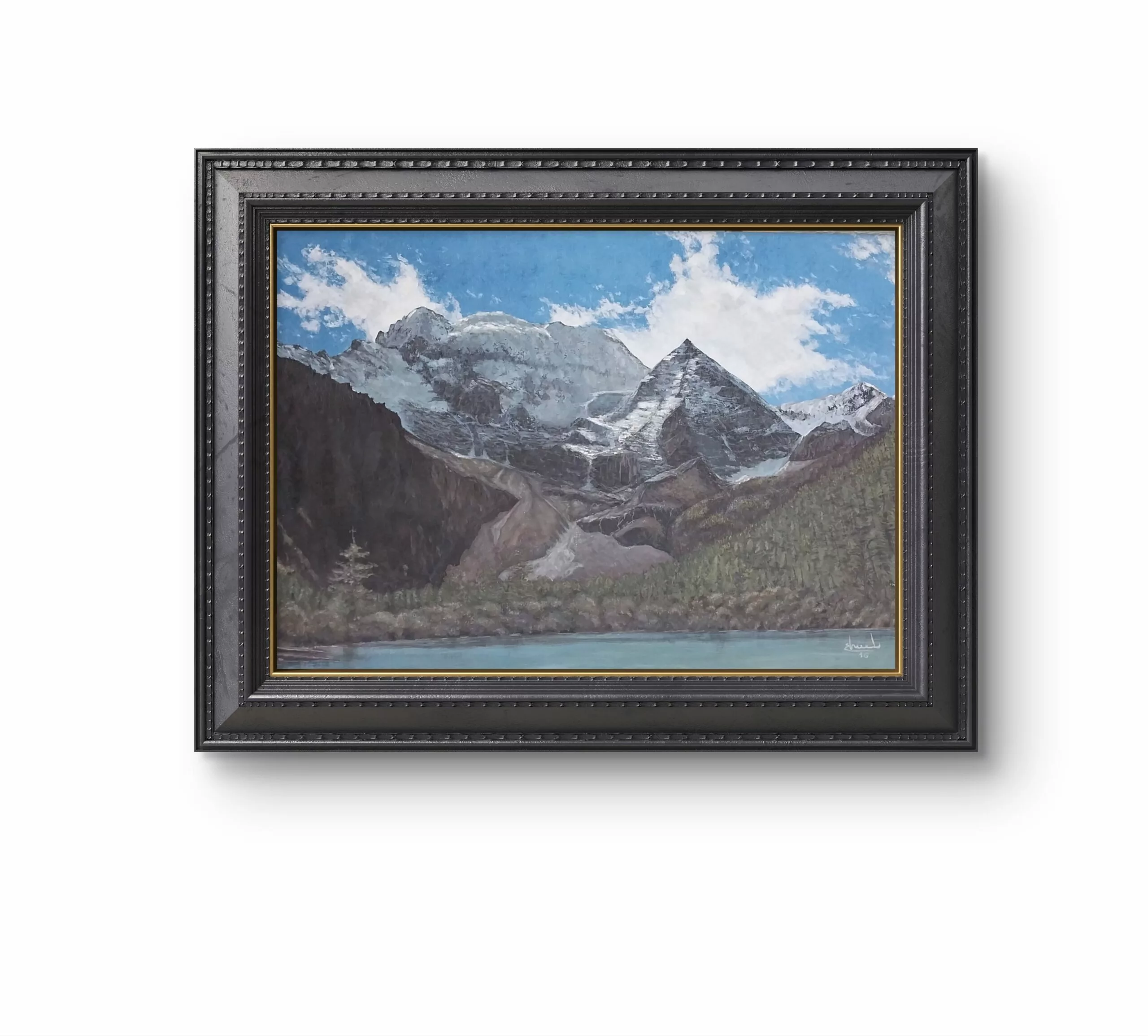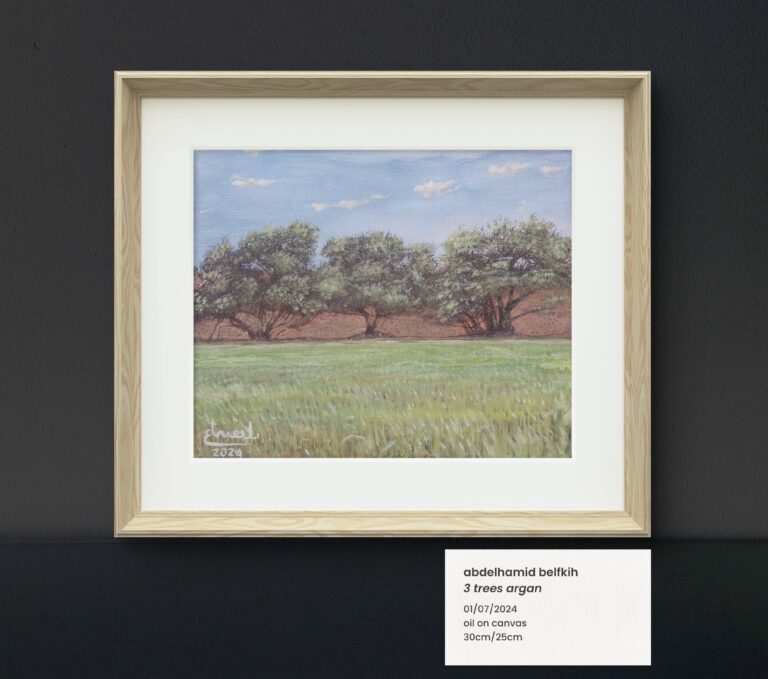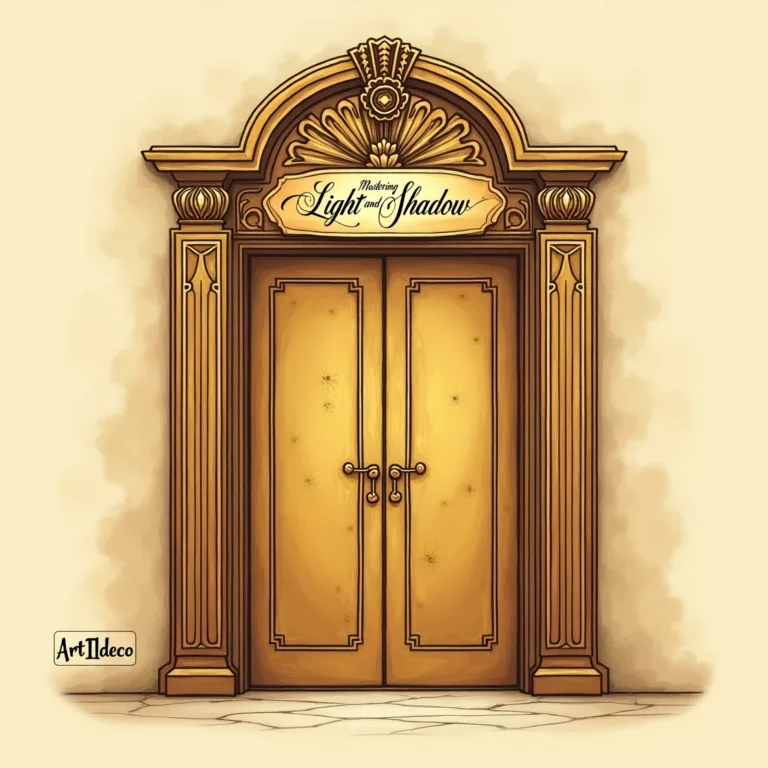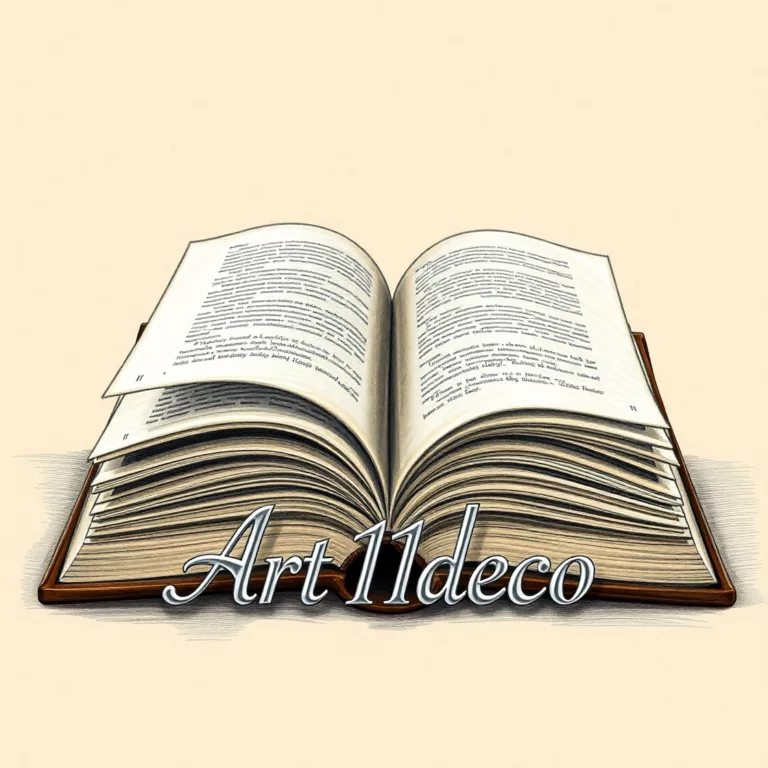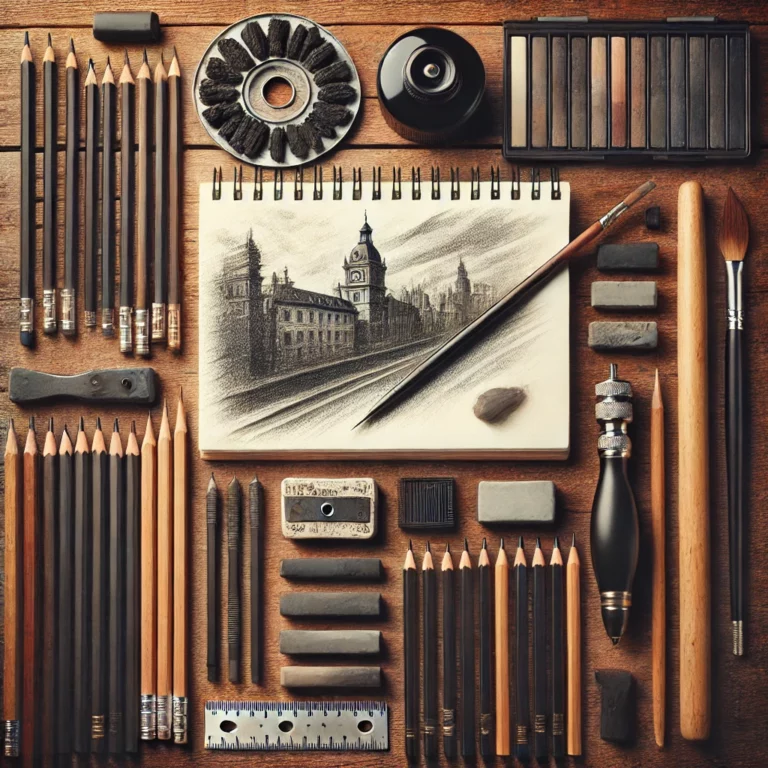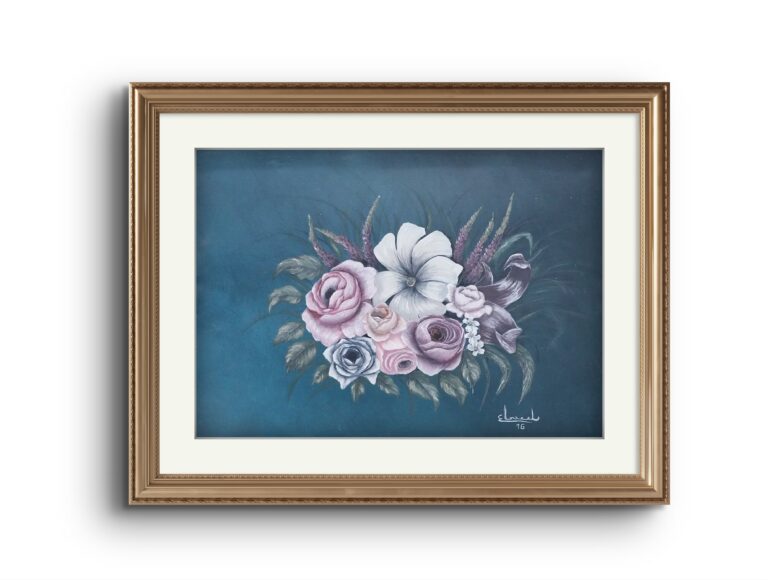The Art of Pastels: Balancing Softness
The Art of Pastels: Balancing Softness and Bold Expression in Drawing reveals how artists use pastels to create delicate textures and powerful contrasts. Explore techniques and inspirations behind this expressive medium.
Exploring the Art of Pastels: Balancing Softness and Bold Expression
Techniques for Mastering the Art of Pastels in Expressive Drawing
Why the Art of Pastels Captures Both Subtlety and Strength
1. Why Pastels? The Secret to Their Irresistible Charm
- Softness and Transparency: Pastels melt onto paper like mist, allowing for smooth gradients.
- Handmade Touch: Use your fingers to blend, adding a personal stamp to each piece.
- Versatility: Works on smooth and rough surfaces, from cardboard to canvas boards.
2. Types of Pastels and Essential Tools
A. Types of Pastels
- Soft Pastels: Ideal for broad coverage and seamless blending.
- Hard Pastels: Perfect for fine details and sharp lines.
- Pastel Pencils: Combine the precision of pencils with the softness of pastels.
B. Accessories
- Pastel Paper: Available in varied textures (smooth, granular, or woven).
- Blending Tools: Fingers, sponges, or specialized brushes.
- Fixative: To protect your work from smudging.
3. Realistic Drawing Techniques with Pastels
A. Smooth Color Gradients
- Start with a light base layer.
- Build layers with increasing pressure to deepen shadows.
- Pro Tip: Use white for final highlights.
B. Texture Simulation
- Fur or Leaves: Use short, repeated strokes in varying directions.
- Shiny Metals: Blend contrasting colors while leaving sudden bright spots.
C. Realistic Portraiture
- Eyes: Apply warm tones (brown, amber) with tiny white reflections.
- Skin: Mix pinks, beiges, and yellows for natural warmth.
4. Abstract Art: Where Colors Become a Language
A. Freeing Colors from Form
- Random Strokes: Move pastels freely to create visual rhythm.
- Geometric Abstraction: Use hard pastels for sharp, overlapping shapes.
B. Layering Play
- Sgraffito Technique:
- Apply a dark layer, then add a light layer on top.
- Scratch the top layer to reveal the color beneath.
C. Watercolor Effects
- Wet Pastel Technique:
- Dampen a brush and blend pastels for translucent washes.
- Ideal for surreal backgrounds.
5. Tips for Harmonious Color Schemes
- 60-30-10 Rule:
- 60% dominant color (e.g., light blue).
- 30% secondary color (e.g., gray).
- 10% accent color (e.g., gold).
- Complementary Pairs:
- Classic duos: purple and yellow, red and green.
6. Common Mistakes and How to Avoid Them
- Over-Blending: Leads to muddy colors.
- Skipping Fixative: Use between layers to prevent smudging.
- Fear of Experimentation: Abstraction requires courage!
7. Inspiration from Masters
- Edgar Degas: Used pastels in ballet portraits to capture movement.
- Joan Miró: Transformed pastels into symbolic abstract forms.
FAQs
Q: Can I mix pastels with watercolors?
A: Yes! Apply pastels first, then add watercolors on top.
Q: How do I prevent my artwork from fading?
A: Use acid-free paper and apply thin layers of fixative.
Conclusion: Let Pastels Unleash Your Creativity
Pastels encourage you to touch, blend, and explore. Whether you prefer precise realism or bold abstraction, remember that every color stroke is a step in your creative journey. Start with a small piece, use colors that speak to your soul, and let art tell your story.
🎨 Now, pick up your pastels… and sprinkle the world with your beauty!

